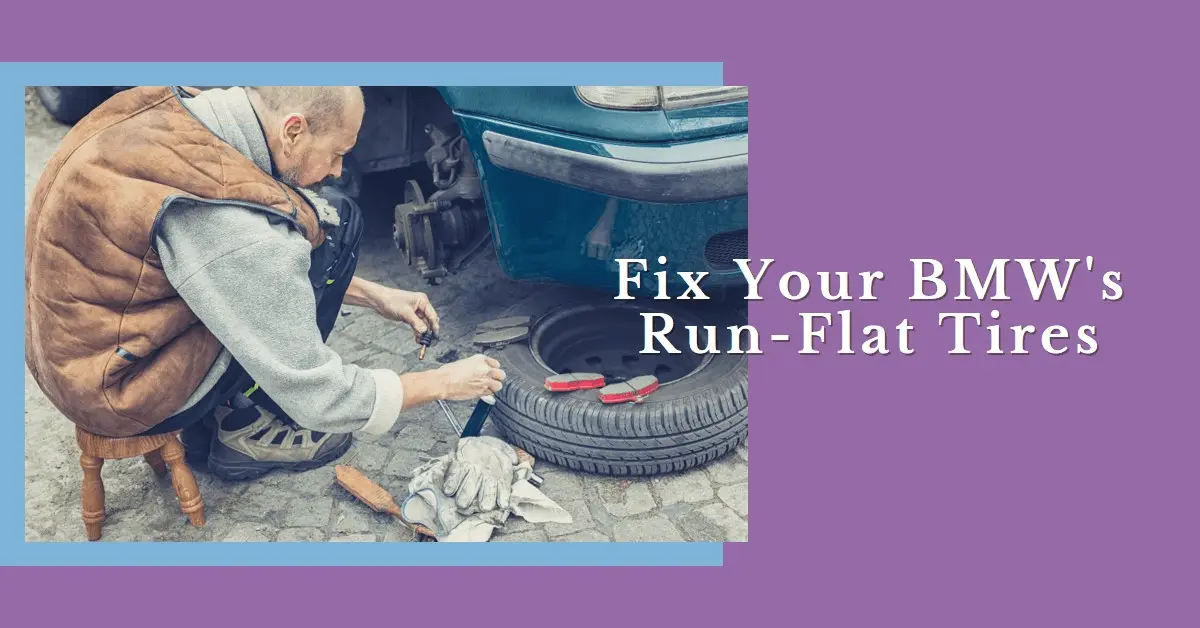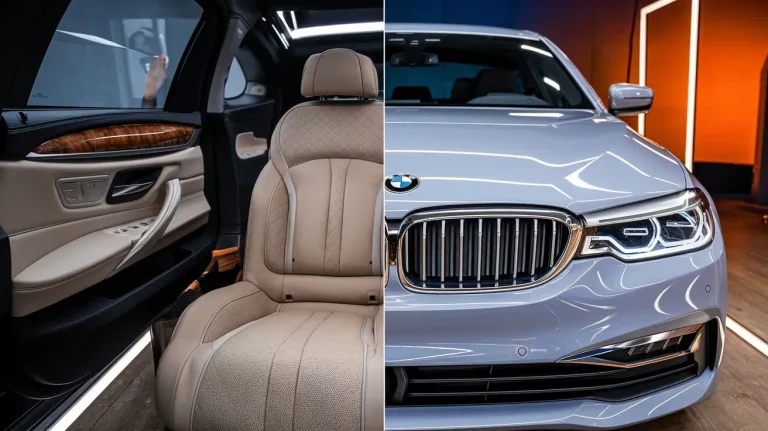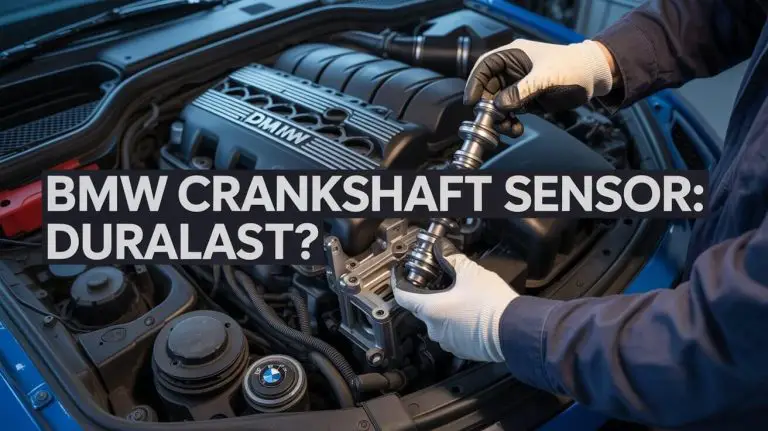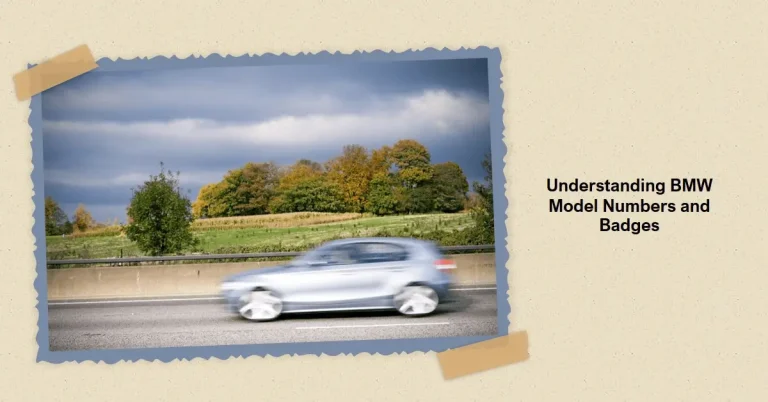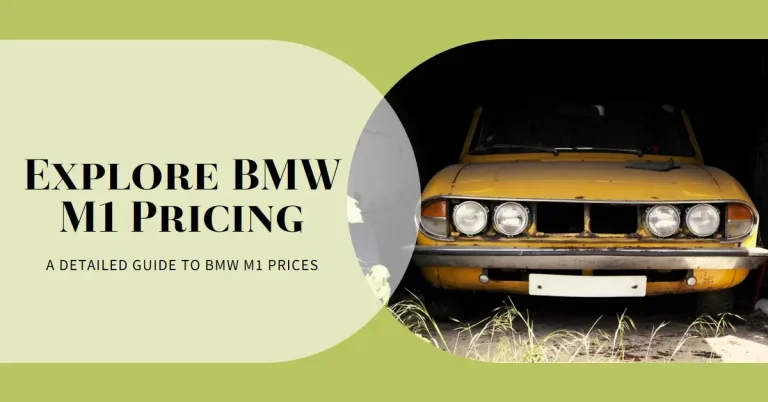Can You Patch Run Flat Tires BMW?
If you own a BMW vehicle, chances are it came equipped with run-flat tires. These tires are designed to provide a safer driving experience by allowing you to continue driving for a limited distance even after experiencing a complete loss of air pressure. However, the unique construction of run-flat tires raises questions about whether they can be patched or repaired in the event of a puncture. In this comprehensive guide, we’ll explore the answer to the query “can you patch run flat tires bmw?” and provide you with valuable insights from industry experts and tire manufacturers.
What are Run Flat Tires?
Before diving into the details of patching run-flat tires, let’s first understand what they are and how they differ from conventional tires. Run-flat tires, also known as extended mobility tires or zero-pressure tires, are designed with reinforced sidewalls that can support the weight of the vehicle even when there is a complete loss of air pressure. This technology allows you to continue driving for a limited distance (typically 50 miles at 50 mph or less) until you can safely reach a tire service center.
BMW, along with many other luxury car manufacturers, equips their vehicles with run-flat tires as standard equipment. This decision is driven by several benefits:
- Safety: Run-flat tires reduce the risk of getting stranded on the side of the road due to a flat tire, which can be particularly dangerous in certain situations.
- Convenience: With run-flat tires, you don’t need to carry a spare tire or tire-changing tools, reducing the overall weight of the vehicle and freeing up trunk space.
- Handling: Even after a complete loss of air pressure, run-flat tires provide better stability and control compared to driving on a conventional flat tire.
Can You Patch Run Flat Tires on a BMW?
The answer to this question is not a straightforward yes or no. While some tire manufacturers and automotive experts recommend against patching run-flat tires, others suggest that it can be done under certain circumstances. Let’s explore the different perspectives:
Tire Manufacturer Recommendations
Many tire manufacturers, including Pirelli, Yokohama, and Continental, do not recommend repairing run-flat tires after a puncture or loss of air pressure. Their reasoning is that even trained professionals may not be able to detect potential internal structural damage caused by driving on an underinflated or completely flat run-flat tire. This internal damage could compromise the tire’s integrity and safety, making a repair unreliable.
However, other manufacturers, such as Bridgestone and Hankook, state that their run-flat tires can be repaired under specific guidelines. These guidelines typically involve inspecting the tire for any damage caused by driving on low or zero pressure, as well as ensuring that the puncture is within the repairable area of the tread.
BMW’s Stance
When it comes to BMW’s official stance, their owner’s manuals clearly state that run-flat tires should not be repaired or patched. Instead, they recommend replacing the damaged run-flat tire with a new one of identical size and specifications.
BMW’s rationale behind this recommendation is similar to that of tire manufacturers who advise against repairing run-flat tires: the potential for internal structural damage that may not be visible to the naked eye. BMW prioritizes the safety and reliability of their vehicles, and replacing a damaged run-flat tire is the surest way to maintain those standards.
Repair Guidelines and Considerations
While BMW’s official recommendation is to replace damaged run-flat tires, some independent shops and tire experts suggest that patching or plugging a run-flat tire can be a viable option under certain conditions:
- Puncture Location: The puncture should be limited to the tread area of the tire and not extend into the sidewall or shoulder areas, which are critical for maintaining the tire’s structural integrity.
- Puncture Size: Most experts recommend that the puncture should not exceed a quarter of an inch (1/4″) in diameter for a reliable repair.
- Inspection: The tire should be thoroughly inspected, both visually and using specialized equipment, to ensure that there is no internal damage or separation caused by driving on low or zero pressure.
- Repair Method: If the tire is deemed repairable, a combination plug and patch repair is generally recommended over a simple plug alone. This involves dismounting the tire, inspecting the interior, and applying a patch from the inside while also plugging the puncture from the outside.
- Driving Conditions: Even after a successful repair, it’s advisable to avoid high-speed driving or carrying heavy loads, as these conditions can put additional stress on the repaired tire and potentially compromise its integrity.
Independent Shop Perspectives
While most major tire chains and dealerships may be hesitant to repair run-flat tires due to liability concerns, some independent shops are more open to performing these repairs if the conditions are favorable. These shops often rely on their experience and expertise to make a judgment call on a case-by-case basis.
One common approach among independent shops is to use a “mushroom plug” repair method. This involves dismounting the tire, inspecting the interior for any damage, and inserting a plug with a mushroom-shaped head from the inside, effectively sealing the puncture from both sides.
It’s important to note that if an independent shop agrees to repair your run-flat tire, they may require you to sign a liability waiver acknowledging that the repair is being performed against the manufacturer’s recommendations.
Conclusion
In conclusion, the decision to patch or repair a run-flat tire on a BMW ultimately comes down to personal preference, risk tolerance, and the specific circumstances of the puncture. While BMW’s official stance is to replace damaged run-flat tires, some independent shops and tire experts may be willing to attempt a repair if the conditions are favorable.
If you choose to pursue a repair, it’s crucial to have the tire thoroughly inspected by a skilled professional and to follow their recommendations. Additionally, be prepared to accept any potential risks or liabilities associated with the repair, as it may void the manufacturer’s warranty or compromise the tire’s safety and performance.
Ultimately, the safest and most reliable option is to follow BMW’s recommendation and replace the damaged run-flat tire with a new one of identical specifications. This approach eliminates any potential risks associated with a repair and ensures that your vehicle maintains the highest levels of safety and performance.
Remember, the decision to patch or replace a run-flat tire should be made with careful consideration of all factors, including the extent of the damage, the expertise of the repair facility, and your personal risk tolerance. Prioritizing safety and adhering to manufacturer recommendations should always be the top priority.

